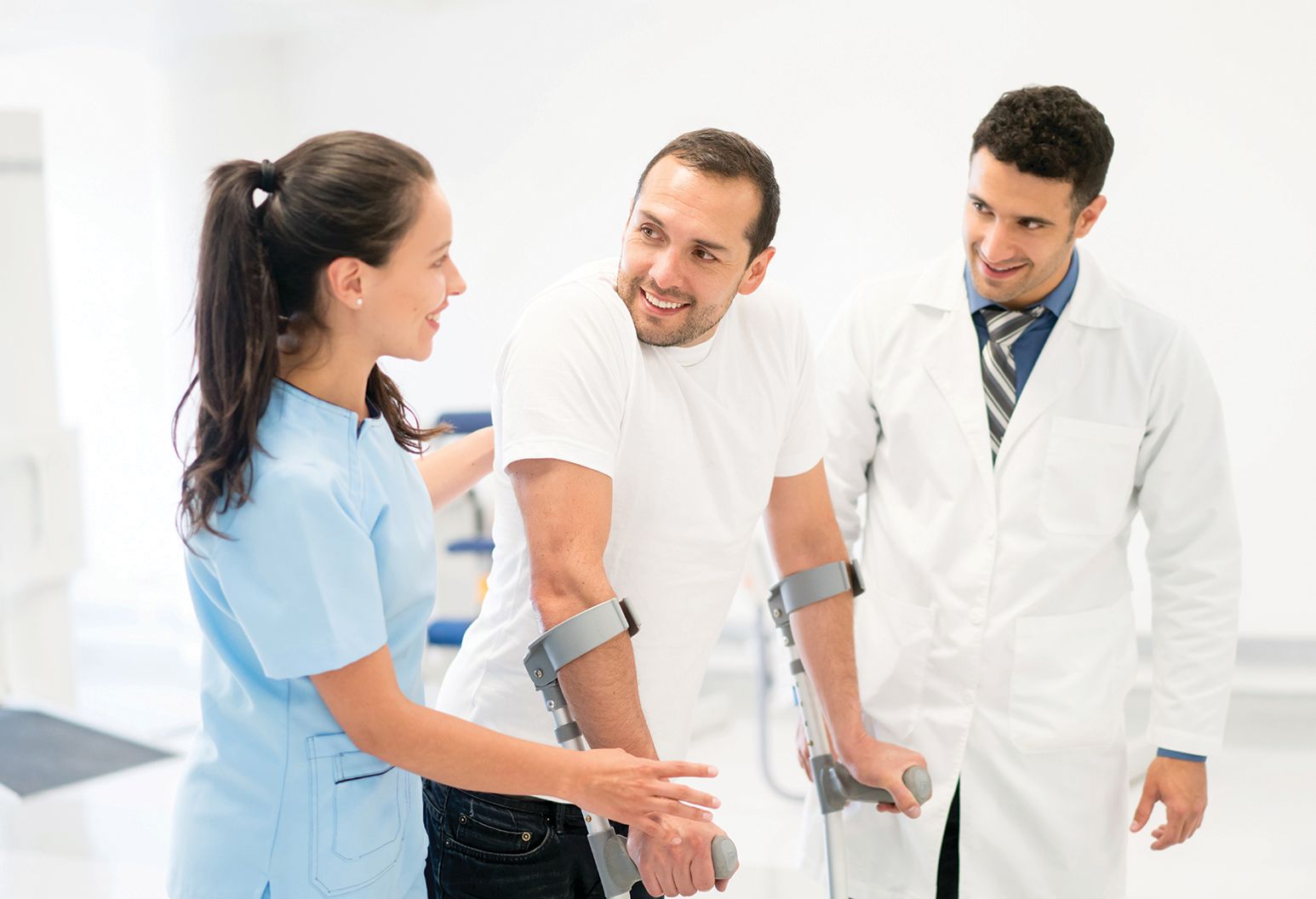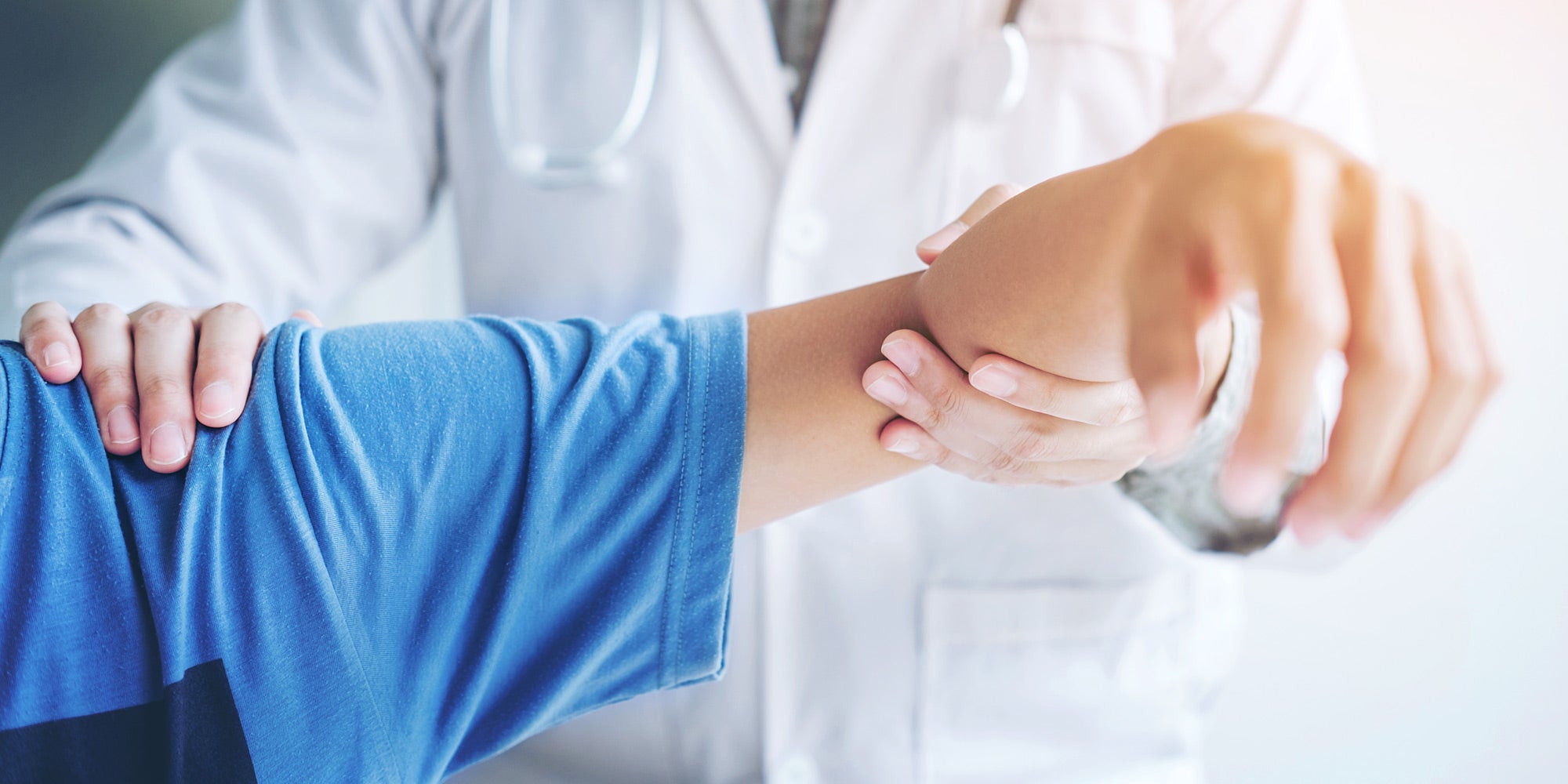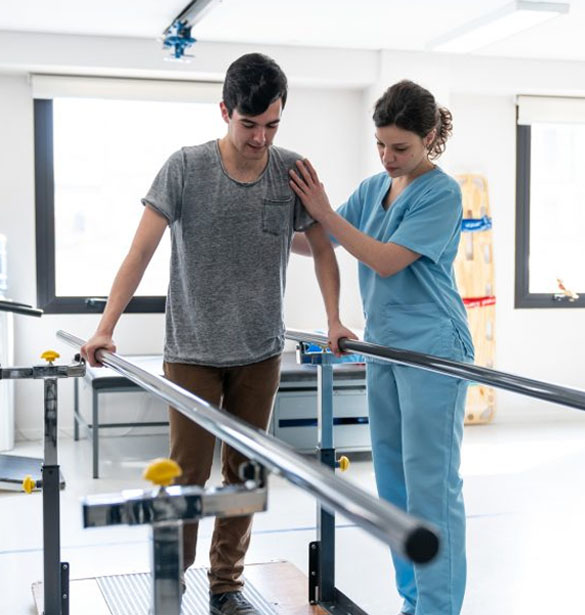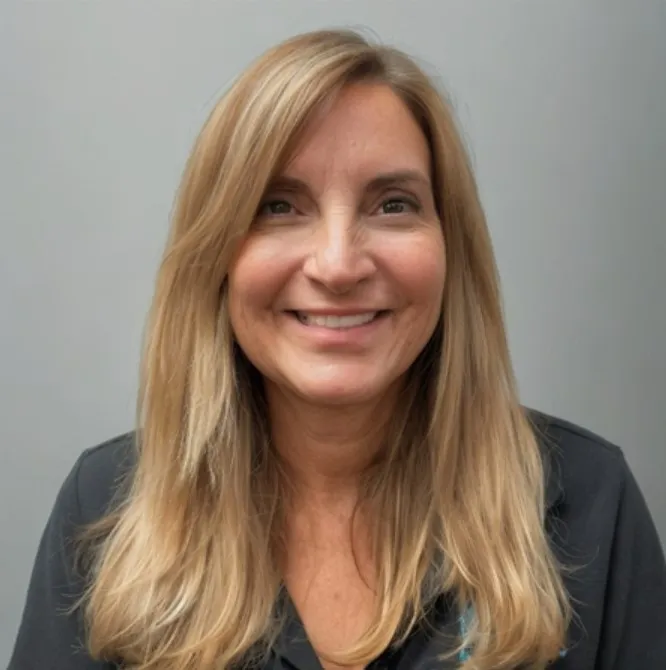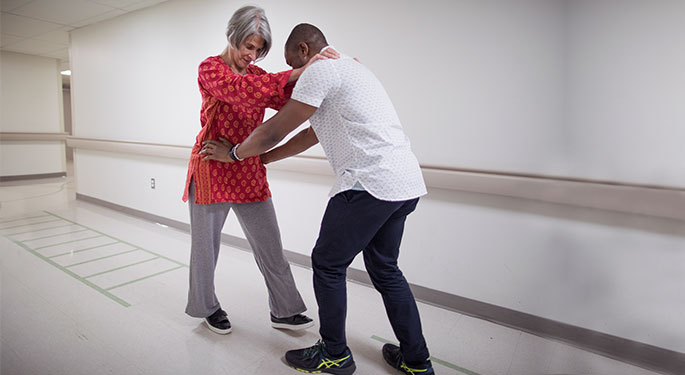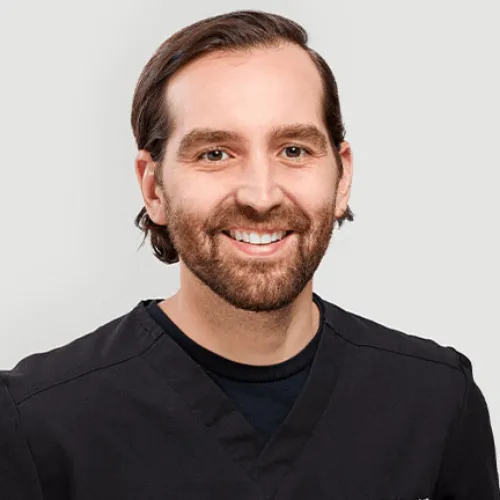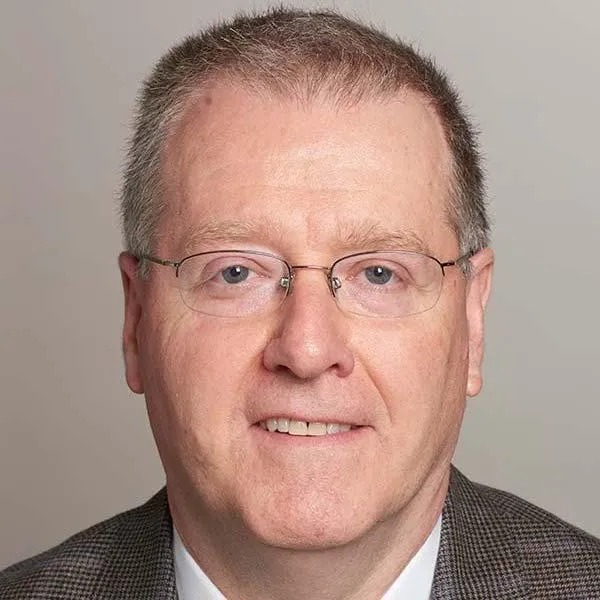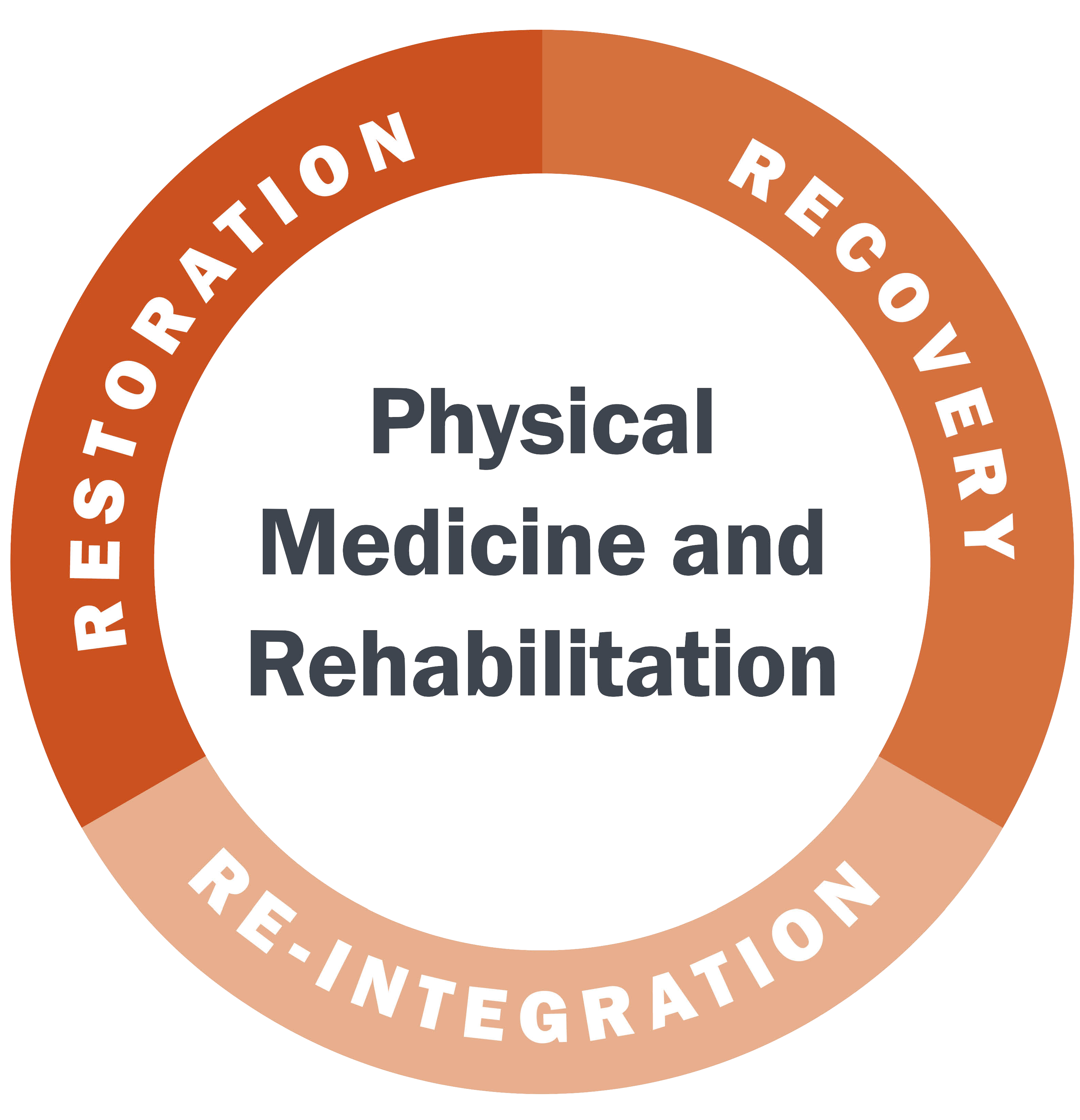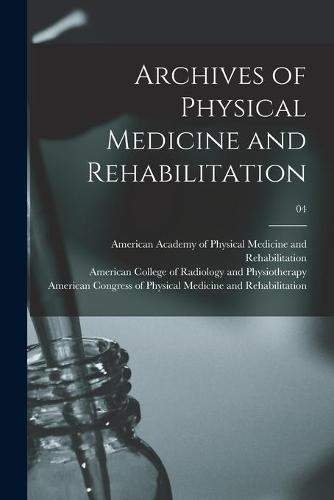Physical Medicine And Rehabilitation Of New York
Imagine a crisp autumn morning in New York City, the leaves ablaze in fiery hues as you walk through Central Park. You see a woman, once sidelined by a stroke, now confidently striding along the path, a gentle smile gracing her face. A young athlete, who suffered a devastating knee injury, is back on the field, his movements fluid and powerful. These are not just scenes; they are testaments to the transformative power of physical medicine and rehabilitation, specifically the work being done by practitioners across New York.
At the heart of this revitalization lies the field of Physical Medicine and Rehabilitation (PM&R), also known as physiatry. It’s a medical specialty focused on restoring function and improving the quality of life for individuals with physical impairments or disabilities. This article explores the critical role of PM&R in New York, highlighting its impact on patients, the dedicated professionals who practice it, and the ever-evolving landscape of rehabilitation care in the Empire State.
The Scope of PM&R in New York
New York, a state known for its fast-paced lifestyle and diverse population, faces a myriad of health challenges that PM&R specialists are uniquely equipped to address. From sports injuries to age-related conditions, neurological disorders to post-surgical recovery, the need for comprehensive rehabilitation services is constant.
The field encompasses a wide range of conditions, including stroke rehabilitation, spinal cord injury management, and treatment for chronic pain. Physiatrists in New York are often found in hospitals, rehabilitation centers, private practices, and academic institutions, providing care to patients of all ages and backgrounds.
A Multidisciplinary Approach
PM&R emphasizes a holistic and multidisciplinary approach to patient care. Physiatrists work collaboratively with a team of professionals, including physical therapists, occupational therapists, speech-language pathologists, psychologists, and social workers.
This collaborative model ensures that each patient receives a personalized treatment plan tailored to their specific needs and goals. It's not just about treating the physical impairment; it's about addressing the emotional, social, and vocational aspects of recovery as well.
The People Behind the Progress
New York boasts a thriving community of dedicated PM&R physicians and rehabilitation professionals. Many are leaders in their respective fields, conducting cutting-edge research and developing innovative treatment techniques.
One such leader is Dr. Emily Carter, a physiatrist at a prominent New York City hospital. She specializes in the rehabilitation of patients with traumatic brain injuries. Her passion for helping patients regain their independence is evident in her unwavering commitment to providing compassionate and effective care.
Dr. Carter emphasizes the importance of patient education and empowerment. "We believe in equipping our patients with the knowledge and tools they need to actively participate in their recovery," she explains. "It's a partnership, and their involvement is crucial for achieving the best possible outcomes."
Training and Education
Becoming a physiatrist requires extensive training and education. After completing medical school, aspiring physiatrists must undergo a four-year residency program in PM&R.
These residency programs provide comprehensive training in the diagnosis, treatment, and management of a wide range of musculoskeletal and neurological conditions. Residents also gain experience in various rehabilitation settings, including inpatient rehabilitation units, outpatient clinics, and pain management centers.
The Evolving Landscape of Rehabilitation
The field of PM&R is constantly evolving, driven by advancements in technology and a growing understanding of the human body. New technologies, such as robotics and virtual reality, are being integrated into rehabilitation programs to enhance patient outcomes.
For example, robotic exoskeletons are being used to help patients with spinal cord injuries regain their ability to walk. Virtual reality is providing patients with immersive and engaging environments to practice functional tasks, such as reaching, grasping, and balancing.
Furthermore, research is playing a vital role in shaping the future of PM&R. Scientists are exploring new approaches to promote nerve regeneration, reduce pain, and improve muscle function.
Addressing Healthcare Disparities
While PM&R has made significant strides in improving the lives of many New Yorkers, challenges remain. Access to rehabilitation services can be limited, particularly for individuals in underserved communities.
Efforts are underway to address these disparities by expanding access to care and promoting cultural competency among healthcare providers. Many organizations are working to raise awareness about the benefits of PM&R and to advocate for policies that support rehabilitation services for all.
The Impact on Individuals and Communities
The impact of PM&R extends far beyond the individual patient. By helping people regain their function and independence, physiatrists are empowering them to return to work, participate in their communities, and live fulfilling lives.
This not only improves the quality of life for individuals but also benefits society as a whole. People are able to contribute to the economy, volunteer their time, and serve as role models for others.
The ripple effect of PM&R is profound, creating a healthier, more vibrant, and inclusive New York for everyone.
A Story of Resilience
Consider the story of Michael Rodriguez, a construction worker who suffered a severe spinal cord injury in a worksite accident. Doctors initially told him he would never walk again.
However, thanks to the comprehensive rehabilitation program he received at a leading New York hospital, Michael defied the odds. Through intensive physical therapy, occupational therapy, and psychological support, he regained the ability to walk with the assistance of crutches.
"I'm incredibly grateful to the entire rehabilitation team," Michael says. "They gave me hope when I thought I had none, and they helped me rebuild my life." Michael's story is just one example of the remarkable transformations that occur every day in PM&R settings across New York.
Looking Ahead
As the population of New York continues to age, and as advances in medicine lead to increased survival rates for individuals with serious illnesses and injuries, the need for PM&R services will only continue to grow.
By investing in research, training, and access to care, New York can ensure that all its residents have the opportunity to benefit from the transformative power of physical medicine and rehabilitation.
The future of PM&R in New York is bright, filled with hope, innovation, and a continued commitment to improving the lives of individuals with physical impairments and disabilities. It's a field that not only restores function but also restores hope, empowering people to live their lives to the fullest potential.
